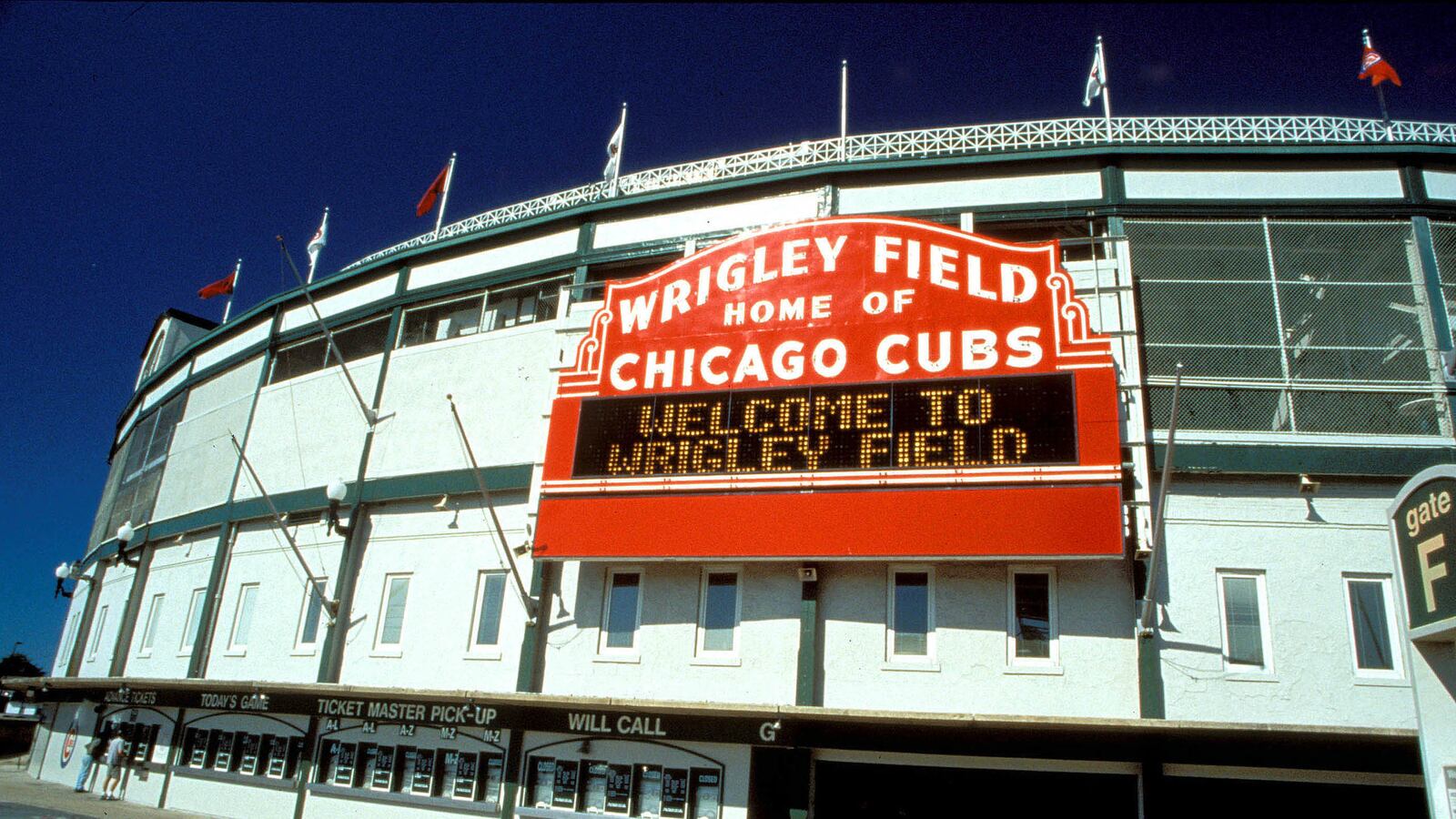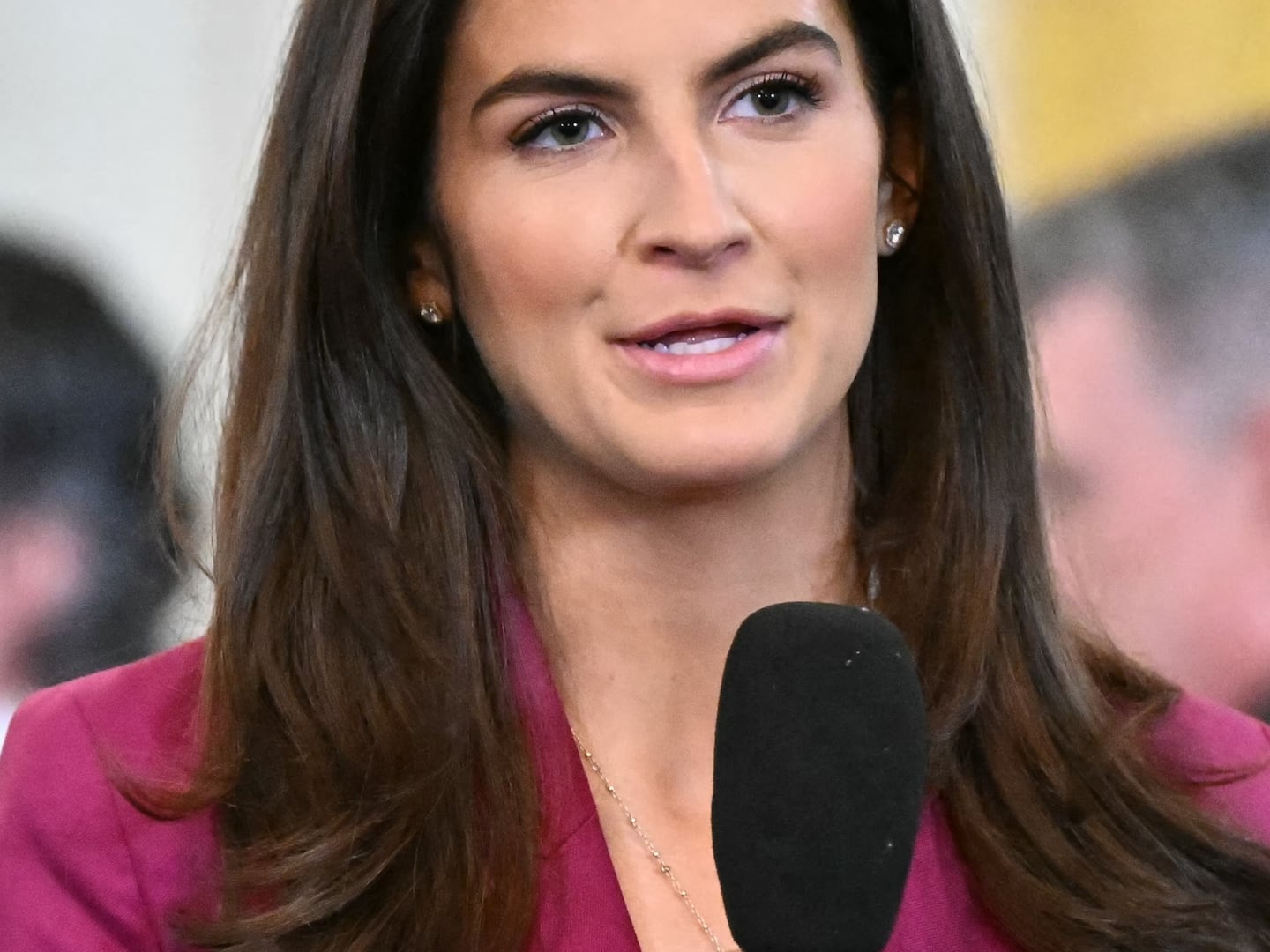Sounds of leather hitting leather and leather smacking wood apparently also translate into sounds of pages turning as Major League Baseball (known around the planet as the “the Bigs,” ”Las Grandes Ligas) opens its 162 game regular season. Our National Pastime occasions a plethora of books and monographs dedicated to an array of baseball-related subjects. You can look to George Plimpton and Jacques Barzun for explanations about the attraction that baseball holds for writers. And there is a notion that many people enjoy reading about the sport more than watching it. In any case, the healthy sampling below confirms the narrative-friendly qualities of hardball.

This year there are biographies and biographical memoirs for Hall of Famers Ted Williams, Pete Rose, Brooks Robinson, Nolan Ryan, veteran pitchers Jerry Reuss and Jamie Moyer, and 30-year MLB umpire Al Clark. There are books on landmark years, special stunts, Moneyball-inspired statistics, a couple of novels and a handful of anthologies.
Five books celebrate this year’s 100th anniversary of Wrigley Field, originally Weeghman Park, home of the Federal League’s Chicago Whales. George Will’s A Nice Little Place on the North Side: Wrigley Field at One Hundred recounts some of the lore about the “Friendly Confines,” as the stadium is known by Cubs fans, and he bloviates in his trademark jejune style.
In Before Wrigley Became Wrigley: The Inside Story of the First Years of the Cubs’ Home Field, Sean Deveney delves into a trove of historical documents to assemble an entertaining narrative of Chicago’s much loved sports venue against the background of corrupt city politics and a colorful ensemble of players, in and out of baseball (including the immortal Tinker, Evers, and Chance) presented decade by decade.
New York Times sports columnist Ira Berkow pays homage in Wrigley Field: An Oral and Narrative History of the Home of the Chicago Cubs, using historical photographs, memorabilia, and reminiscences by celebrity fans such as Barack Obama, Scott Turow, Joe Mantegna, Sara Paretsky, Jim Bouton, and George F. Will, Additionally, there is an afterword by Cub fan and former Supreme Court justice John Paul Stevens.
Ohio librarian and baseball historian Sam Pathy devoted 25 years of research to assemble a year-by-year saga that includes the Chicago Bears (who played in Wrigley until Soldiers Field was retrofitted for professional football). Wrigley Field Year by Year: A Century at the Friendly Confines includes a well-organized index and such embellishments as a “game of the year” and a quote from each year that best captures its essence.
Stuart Shea’s Wrigley Field: The Long Life and Contentious Times of the Friendly Confines argues that Wrigley is “one of the most emblematic and controversial baseball stadiums in America.” Both a baseball temple and the home of the hapless Cubbies, Wrigley embarks on its second century under the stewardship of a owner that paid nearly $1 billion for the Cubs and the stadium. Which will, no doubt, usher in (see Red Sox, Boston) an era of hyper-monetization. MLB historian John Thorn effuses, “Amid Wrigley Field’s birthday revels much will be reported about its vines, its scoreboard, its goat, its very origin—much of it not quite so. More than any other American institution, baseball most wholeheartedly welcomes half-baked history and curdled lore. It’s fun, after all; what grinch wishes to poke at the tale of Babe Ruth’s called shot? But more often than not the real stories are even more delicious, and no one has gathered more of them than … Shea. His book is an unceasing delight.”
Philadelphia’s National Museum of American Jewish History will exhibit Chasing Dreams: Baseball and Becoming American through October, including original artifacts, films, historic game footage, innovative media interactives, and a “Take Me Out to the Ball Game” listening station. The exhibition monograph, edited by Josh Perelman, includes well-reproduced images of more than 130 original artifacts, and a roster of American Jewish ballplayers. The exhibit also has an unexpectedly wider scope: “Baseball’s legends and myths, its heroes and flops, its struggles and its moments of triumph tell our national story. The exhibition will celebrate well-known Jewish heroes such as Hank Greenberg and Sandy Koufax, iconic baseball players like Jackie Robinson, Joe DiMaggio, and Ichiro Suzuki, as well as those in the extended baseball family—vendors, team owners, scouts, broadcasters, journalists, and novelists. And especially fans.”
Serving both as a monument, archive and memorabilia repository, Baseball’s Hall of Fame in Cooperstown, New York is well served by the huge, well-illustrated The Hall: A Celebration of Baseball’s Greats: In Stories and Images, the Complete Roster of Inductees. This 75th anniversary edition has a complete registry of 306 Hall of Famers: 211 former major league players, 28 executives, 35 Negro leaguers, 22 managers, and 10 umpires. Also included are inductees’ plaques, photographs, and extended biographies. Additionally, there are original essays by living Hall of Famers Hank Aaron, George Brett, Orlando Cepeda, Carlton Fisk, Tommy Lasorda, Joe Morgan, Jim Rice, Cal Ripken Jr., Nolan Ryan, and Robin Yount.
Writer John Feinstein (A Good Walk Spoiled, A Season on the Brink) has a nose for good sports stories. In Where Nobody Knows Your Name: Life In the Minor Leagues of Baseball, he spotlights life in baseball’s minor leagues by focusing on the lives of nine Triple A players. (For an excellent fictional take on the view from below, see Joe Schuster’s excellent and unheralded 2012 novel The Might Have Been.)
There is no American baseball player more lionized than Ted Williams. But though there is no shortage of books on “The Splendid Splinter,” Ben Bradlee Jr.’s The Kid: The Immortal Life of Ted Williams, on which he spent 10 years and interviewed 600 people, offers a rich, well-drawn picture of the life of this baseball immortal. The Kid not only illuminates some of Williams’s darker side but also sets a context for the sport of baseball in the mid- to late 20th century. And Bradlee describes in detail every macabre detail you didn’t want to know about cryonics and the sad tale of Williams and Alcor (Life Extension Foundation), where his remains reside, frozen since his death in 2002.
Nolan Ryan: The Making of a Pitcher by Rob Goldman, Reid Ryan (Triumph Books) is a useful profile of one of greatest ball pitchers of the modern era (a 27-year career that featured seven no hitters and nearly 6,000 strikeouts). And growing up in Texas, Ryan knows something about cattle as The Nolan Ryan Beef & Barbecue Cookbook: Recipes from a Texas Kitchen attests with 75 Tex Mex recipes as well as Ruth Ryan’s Special Occasion Carrot Cake.
Unlike American politics, baseball is one place where lefties thrive. Jewish pitcher Jamie Moyer, who pitched at a high level into his 40’s and in fact got better with age, recounts his quarter of a century in the bigs in Just Tell Me I Can’t: How Jamie Moyer Defied the Radar Gun and Defeated Time.
Voted to the MLB All-Century Team, winner of 16 straight Gold Gloves (and commemorated in a Normal Rockwell painting)—Baltimore Orioles third baseman Brooks Robinson’s credentials mark him as one of the greatest fielders ever. Doug Wilson’s biography Brooks: The Biography of Brooks Robinson reviews Robinson’s career from the modest contracts of the ‘60s to the advent of free agency and the transformation of baseball by big money.
Sports Illustrated editor Kostya Kennedy revisits the Pete Rose story in Pete Rose: An American Dilemma. The dilemma, of course, is the weight of Rose’s Hall of Fame credentials (more than than 4,000 hits—more than anyone in baseball’s history) balanced against his banishment from baseball for gambling. Given his singular accomplishments, he should be in the Hall, especially if the users of performance enhancing drugs are eligible.
As a Little League umpire, I believe anyone who is a fan of baseball should avail themselves of any opportunity to umpire a game (at any level) for at least a few innings. Having done so will provide a useful understanding of the challenges of refereeing sports competition. As will reading Called Out but Safe: A Baseball Umpire’s Journey, byAl Clark with Dan Schlossberg. Clark, the first Jewish American League umpire, adjudicated baseball for three decades. Known for grand animated gestures as he ejected players and coaches from games, he reportedly once tore a hamstring delivering his judgment.
Given the ample supply of literature on baseball, anthologies are a convenient way of keeping good writing from the dustbin of history. In For the Love of Baseball: A Celebration of the Game That Connects Us All, Lee Gutkind and Andrew Blauner assemble an all-star lineup with Christopher Buckley, Roger Angell, Gay Talese, Jeff Greenfield, John Thorn, Sean Wilentz, Frank Deford, George Plimpton, and Kathryn Powers. In the book’s foreword, the inimitable Yogi Berra explains, “A good book makes you think about things you might not already think about. Or enjoy stories from writers you maybe don’t know (…A long time ago somebody introduced me to Ernest Hemingway, mentioning he was a great writer. So I asked, ”Which paper?” That was when most of my reading consisted of the sports pages and comic books) … Baseball has its own literature. It even has its own language. The game goes back before the Civil War, but it never gets old. Neither does a good baseball book.”
Well-regarded novelist Dennis McFarland’s (Letter From Point Clear) Civil War novel Nostalgia tells of Brooklynite Summerfield Hayes who was a pitcher for the championship Eckfords (of Brooklyn), one of the first professional baseball teams. McFarland ably portrays the horrors of war and the joys of baseball along with the injured Summerfield’s private demons as he recovers in a Washington military hospital where he is befriended by a bewhiskered man named Walt Whitman.
T.T. Monday’s debut novel The Setup Man features a crime story set in the Majors with veteran pitcher Johnny Adcock augmenting his income as a private investigator. A clever, articulate ball player, Adcock follows his dad’s advice to the “easy money” and becomes a relief pitcher with a modestly successful career. His gumshoe activities begin when he confirms a teammate’s wife’s infidelity. Filled with baseball lore, Monday’s novel is an amusing and entertaining literary thriller.
By now sabermetrics have entered the popular conversation, thanks to Michael Lewis’s Moneyball. Every year Bill James, the reigning prince of numbers crunchers, publishes his aggregation of oracular, exclusive statistics: The Bill James Handbook 2014, a summary of the past season that quantifies every play of 2013 and creates player projections for 2014. New to this edition: no-hitter summaries, home run robberies and hitter analysis. Not recommended for the numerically challenged.
Former Mets sabermetrician Benjamin Baumer and sports economist Andrew Zimbalist’s The Sabermetric Revolution: Assessing the Growth of Analytics in Baseball takes an expert look at the statistical analysis craze, debunking misconceptions and evaluating the role of sabermetrics in the future—no doubt of great interest to future general managers, both real and fantasy league.
One of baseball’s charms for writers is as a broad canvas for the expression of personal piques, politics, and flights of imagination. Following the example of The Empire Strikes Out by Robert Elias, lefty Chicago urban anthropologist Josh Ostergaard proffers a revisionist historical commentary on baseball in The Devil’s Snake Curve: A Fan’s Notes From Left Field, a book its publisher calls “the baseball book Howard Zinn would have written, if he hated the Yankees.”
Baseball has also been amenable to all manner of stunts and record-setting feats— visiting every major league ball park, sampling hot dogs at every National League venue, or 30 games in 30 stadiums in 30 days in the case of I Don’t Care if We Never Get Back: 30 Games in 30 Days on the Best Worst Baseball Road Trip Ever, by avid fan and sports analytics wizard Ben Blatt, who made the journey with his baseball hating best friend Eric Brewster as his traveling partner and his own algorithm for the optimal baseball road trip as the excuse. An oblique view of baseball full of hijinks, havoc, and humor, this is fandom to the extreme.
Described as “the noted authority on ‘70s baseball and pop culture” Dan Epstein (Big Hair and Plastic Grass) contrives a baseball micro history in Stars and Strikes: Baseball and America in the Bicentennial Summer of ‘76. Recalling Mike Schmidt, Legionnaire’s Disease, George Brett, CB radios, Jimmy Carter, The Bad News Bears, Mark Fidrych, Ted Turner, Boston’s busing riots, George Steinbrenner’s first World Series with the Yankees, Rocky, Cincinnati’s “Big Red Machine” dynasty, Taxi Driver, the Ramones, Hotel California, and Frampton Comes Alive! does lend itself to amusing narratives and bouts of nostalgia. Epstein makes a good case for 1976 (the Reds swept the Yankees in the World Series) being a one of tackiest years in a low culture decade.
While you are waiting for Mariano Rivera’s forthcoming The Closer, there is the astute piece of oral history Facing Mariano Rivera: Players Recall the Greatest Relief Pitcher Who Ever Lived, edited by David Fischer. In his introduction, sportswriter Dave Anderson writes, “As much as all those opposing batters dislike trying to hit that cut fastball, they praise him for never showing up any of them. ‘Once you get to know Mario,’ one says, ‘you respect him more as a person than as a player.’ As challenging and frustrating as facing him was, they seem to have enjoyed having the opportunity. And now in these pages they describe what it was like.”
Historic pennant races make for compelling narratives, none more fantastic than the fairy tale 2004 Red Sox season. Don’t Let Us Win Tonight: An Oral History of the 2004 Boston Red Sox’s Impossible Playoff Run by Allan Wood and Bill Nowlin is sure to please the members of the heavily monetizing branding commodity “Red Sox Nation.” Memories of David Ortiz’s slugging heroics, bourbon fueled pregame rituals, Dave Roberts’s stolen base, Curt Shilling’s blood stained sock, and Kevin Millar’s manic enthusiasm all recall the first and perhaps most profound championship by the long benighted Red Sox.
A half of a century before the historic 2004 season, baseball was challenged with Jackie Robinson’s ascension to the bigs. In Bill Madden’s 1954: The Year Willie Mays and the First Generation of Black Superstars Changed Major League Baseball Forever Willie Mays, Larry Doby, Hank Aaron, and Ernie Banks made real the promise (excepting the lily white Red Sox) of Robinson’s introduction to the big leagues seven years earlier.
Through mid 20th century, in addition to the Negro League teams, there were barnstorming independent professional ball clubs and oddities like the religious society Israelite House of David’s baseball team and the-then novelty of women playing baseball under the rubric of Bloomer Girls. Scott Simkus bemusingly explores it all in Outsider Baseball: The Weird World of Hardball on the Fringe, 1876—1950.
Writing for the New York Herald Tribune and The New York Times, Walter Wellesley “Red” Smith was the first sportswriter to win the Pulitzer Prize for commentary and reportedly the country’s most widely read sports columnist. The Library of America’s American Pastimes: The Very Best of Red Smith, edited by (Rotisserie League Baseball founder) Daniel Okrent, devotes a substantial number of pages to Smith’s baseball writing in the ’40s through the ’80s. David Halberstam writes that “Red Smith’s work was not merely unrivaled on the sports page, it tended to be the best writing in any given newspaper on any given day.”






